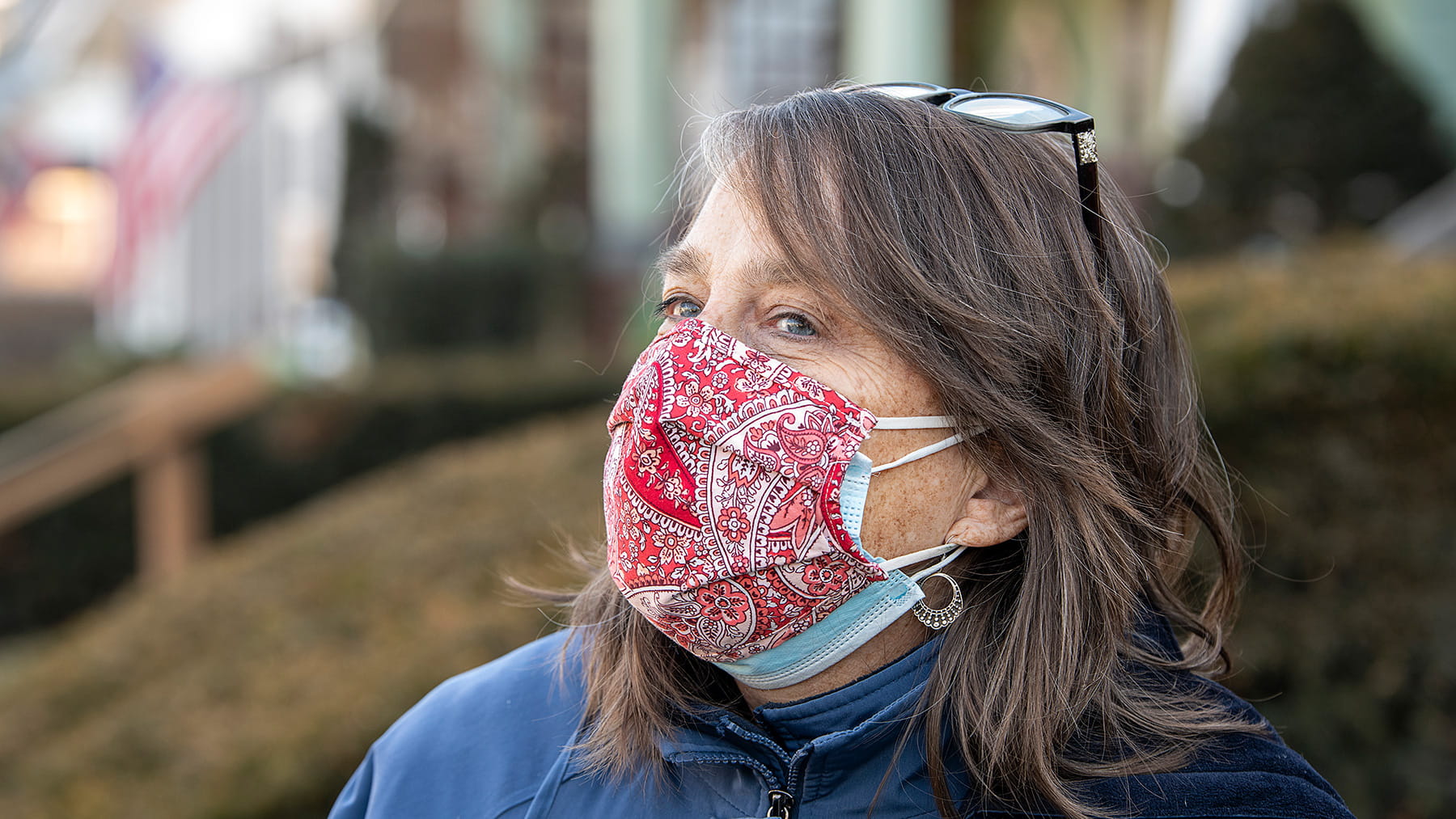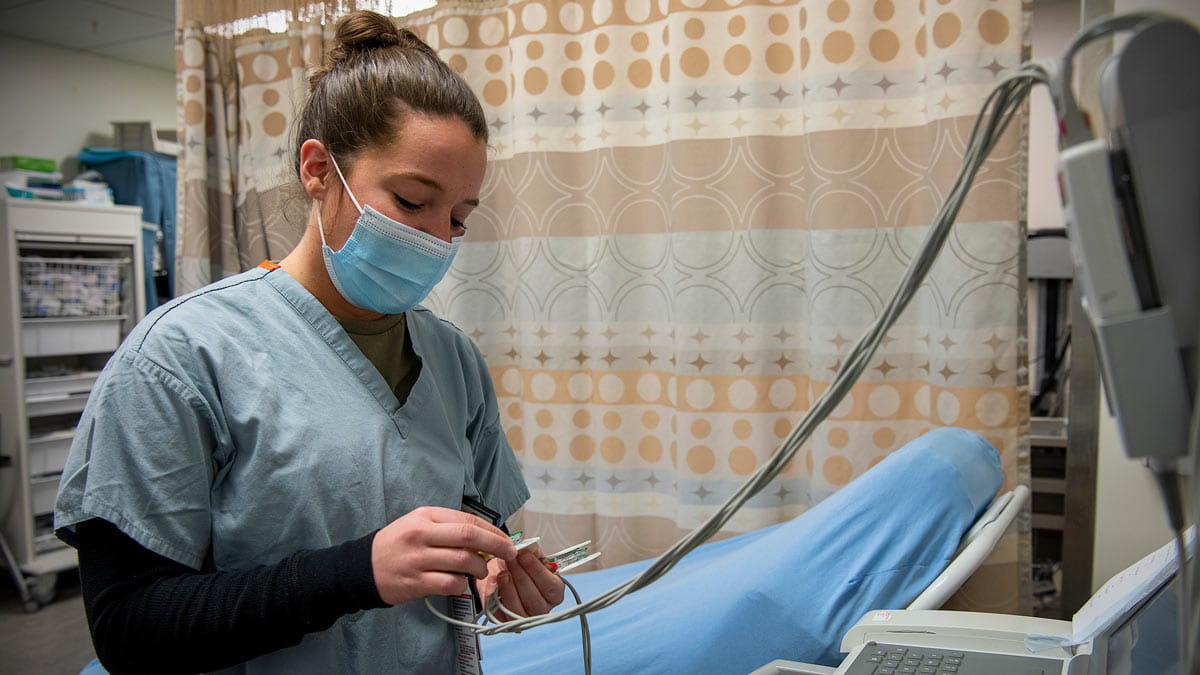Should we be double-masking now?
 Editor’s note: As what we know about COVID-19 evolves, so could the information in this story. Find our most recent COVID-19 blog posts here, and learn the latest in COVID-19 prevention at the Centers for Disease Control and Prevention.
Editor’s note: As what we know about COVID-19 evolves, so could the information in this story. Find our most recent COVID-19 blog posts here, and learn the latest in COVID-19 prevention at the Centers for Disease Control and Prevention.
Some in the scientific community have suggested that wearing two face masks (one on top of the other) could improve protection from COVID-19. Let’s talk about how much it could help.
What can double-masking do?
On Feb. 10, 2021, the CDC released data that supports that double-masking (with a cloth mask on top of a medical-grade mask) can substantially reduce the wearer's exposure to COVID-19. The studies they performed examined two ways of enhancing mask use: 1) double-masking, and 2) knotting the ear loops of the medical procedure mask and tucking in and flattening the material close to the face.
The CDC's study found that when both people in an in-person scenario are taking advantage of these techniques to enhance mask effectiveness, their exposure to potentially infectious aerosols is decreased by about 95%.
Does this make it more difficult to breathe?
Wearing two masks could make it more difficult to breathe, but double-masking is generally well-tolerated. While it might make breathing feel more stifled, it doesn’t reduce oxygen supply and isn’t dangerous.
To help with the discomfort, use well-fitting masks, assuring that they stay clean and dry. Masks can fit different wearers with varying degrees of comfort, so try out a few to find one that fits your face well. You also want to use a material that doesn’t cause irritation of your skin.
To knot medical-grade masks the way the CDC recommends, first knot the ear loops of the mask where they attach to the mask's edges. Then, tuck in and flatten the extra material closer to the face. The CDC says doing this "could improve the fit of these masks and reduce the receiver’s exposure to an aerosol of simulated respiratory droplet particles of the size considered most important for transmitting SARS-CoV-2."
When to wear two masks
We’re seeing new variants of the COVID-19 virus emerge, and the new variants are more easily transmitted from person to person. COVID-19 was very transmissible even before these variants emerged, so we do need to do everything we can to make it more difficult for the virus to spread. It can’t hurt to wear two masks in any situation where you would be wearing one mask.
Experts recommend wearing a non-woven material, such as a hospital-grade mask, closest to your face, with another mask (cloth, if preferred) on top of the first mask. This places the most efficient and effective barrier closest to your mouth and nose.
When you visit a medical facility, you might be provided with a medical-grade mask and asked to use that. At the Ohio State Wexner Medical Center, we ask patients and visitors to wear provided, hospital-grade masks. In some circumstances, you may be allowed to wear your own cloth mask over a medical-grade mask, if you prefer.
However, you won’t see medical professionals here double-masking with cloth masks. Because hospital-grade masks have the most data supporting their effectiveness, that’s what professionals will be using to stay safe and keep others protected in a medical setting.
Iahn Gonsenhauser is the chief quality and patient safety officer at The Ohio State University Wexner Medical Center and an assistant professor in the Ohio State College of Medicine.




